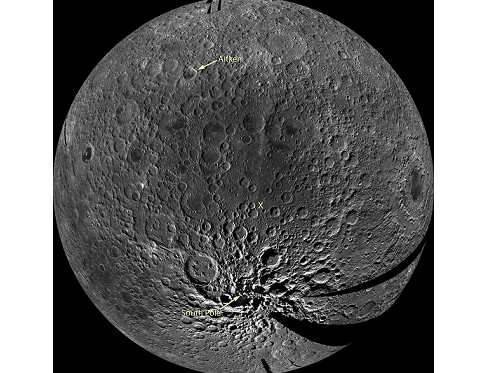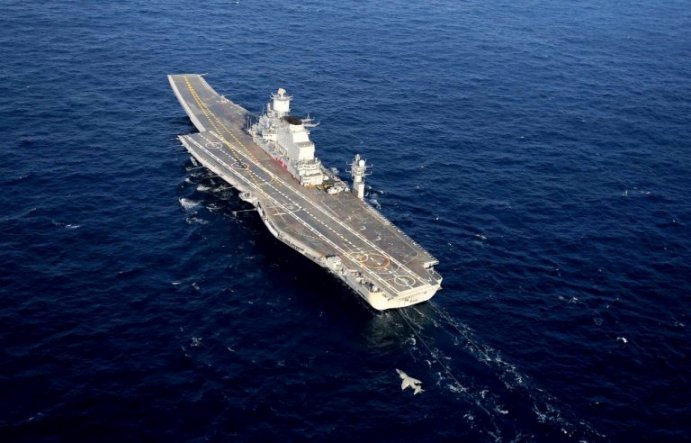
A preliminary monochrome mosaic of the Moon from the LROC Wide Angle Camera (WAC), centered in the middle of the South Pole-Aitken basin. Photo: NASA
KANYAKUMARI, TAMIL NADU (PTI): Seeking to create history with India's second moon mission Chandrayaan-2, space agency ISRO Friday said it will attempt to launch a rover in the lunar South Pole, a uncharted territory so far.
"Till date nobody has made an attempt to land a rover in the region. It has been only near the equator (of the Moon).We will be attempting to launch the rover (of Chandrayaan 2) in lunar South Pole for the first time", Indian Space Research Organisation (ISRO) Chairman K Sivan said in Kanyakumari, Tamil Nadu.
Earlier this week, ISRO said all three modules of the moon mission -- Orbiter, Lander (Vikram) and Rover (Pragyan) -- were getting ready for the launch scheduled in July and the lander was expected to touch down on the lunar surface in early September.
ISRO has kept the launch window for the mission onboard GSLV MK-III rocket from July 9 to July 16 with an expected Moon landing on September 6, Sivan told reporters Friday.
The Orbiter and Lander modules will be interfaced mechanically and stacked together as an integrated module and accommodated inside the launch vehicle. The Rover is housed inside the Lander.
On ISRO's proposed Aditya-L1 mission, Sivan said currently scientists were exploring possibilities to study more about Sun. "To learn about Sun orbit, we will be sending Aditya-L1 during the first half of next year", he said.
The mission is aimed at observing the solar corona, the outer layers of the Sun.
The satellite would be inserted in a halo orbit around the L1 (Lagrangian point 1) of the Sun-Earth system so that it has the advantage of continuously viewing the Sun without any occultation or eclipses. The L1 is 1.5 million kms from the Earth.
 Previous Article
Previous Article Next Article
Next Article













The Indian Air Force, in its flight trials evaluation report submitted before the Defence Ministry l..
view articleAn insight into the Medium Multi-Role Combat Aircraft competition...
view articleSky enthusiasts can now spot the International Space Station (ISS) commanded by Indian-American astr..
view article